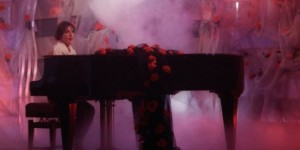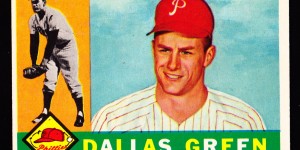7 fake languages from music's history
by Sam Sutherland
June 18, 2014
Language can be an obstruction in art. There are limits to expression – like how the Klingon language has no word for “hello” but at least three for “fight.” Naturally, some enterprising musicians have avoided this problem by just creating their own
Esperanto
The most famous constructed language with an estimated two million speakers worldwide, Esperanto was not invented by a band, but its ubiquity makes it a good starting point. L. L. Zamenhof published the first book describing Esperanto in 1887. And naturally, there are Esperanto bands. Pop bands, rock bands, new age-y bands, more new age-y and ska bands.
Solresol
Invented by composer François Sudre in 1827. With only seven basic phonemes modeled after a musical scale, it can sound… primitive.
Hopelandic
Sigur Ros sing many of their somber post-rock mega-jams in their own language of Vonleska, or Hopelandic, which is more of a scat version of their native Icelandic than its own true language.
Kobaïan
Christian Vander and his band Magma invented Kobaïan to narrate their 10-album, millennium-spanning prog-rock tale of humans feeling Earth to settle a new planet. Called Kobaïa.
Loxian
Created by Enya’s lyricist Roma Ryan, Loxian is, like Kobaïan, intended to represent the language of an alien race. Albeit one with a much more chilled out, cool mom yoga studio vibe
Ishtar
Belgium has three official languages and Ishtar sing in none of them – instead their entry in the 2008 Eurovision Song Content was in an imaginary language that most closely resembles Ukrainian.
Sanomi
Five years earlier, another Belgian group placed second with this song. Urban Trad’s Sanomi came within two points of winning Eurovision in 2003. A curious footnote, their singer was not allowed to participate because she might be a neo-Nazi.





